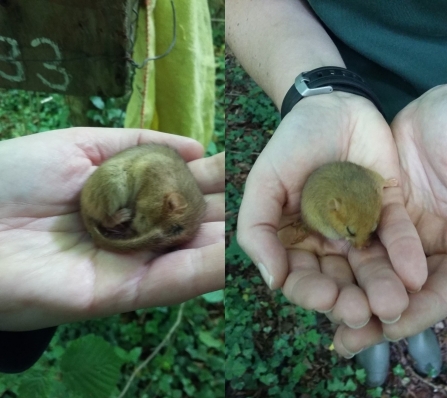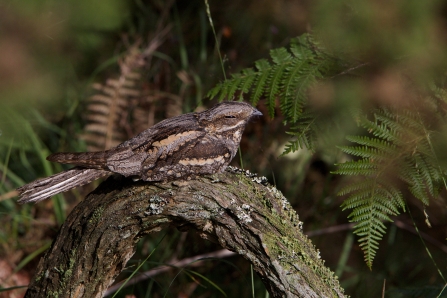I’ve gained so much useful experience being here, and have really enjoyed working with such a friendly and welcoming team. I’ve also had the opportunity to be involved in a huge range of fascinating projects. Here are a few of my highlights:
Surveys
Over the summer I’ve been able to do lots of different kinds of surveys which I haven’t done before, including surveying for bats, crayfish, butterflies, reptiles and river flies, and carrying out rapid condition assessments of heathland habitats. However, my favourite surveys have been the dormouse surveys. I had never seen a dormouse before working here, and it was so exciting to see them up close. It helps that they’re incredibly cute! On one survey that we did back in June, at Chappett’s Copse and Shutt’s Copse, we were lucky enough to find 10 in one morning.



